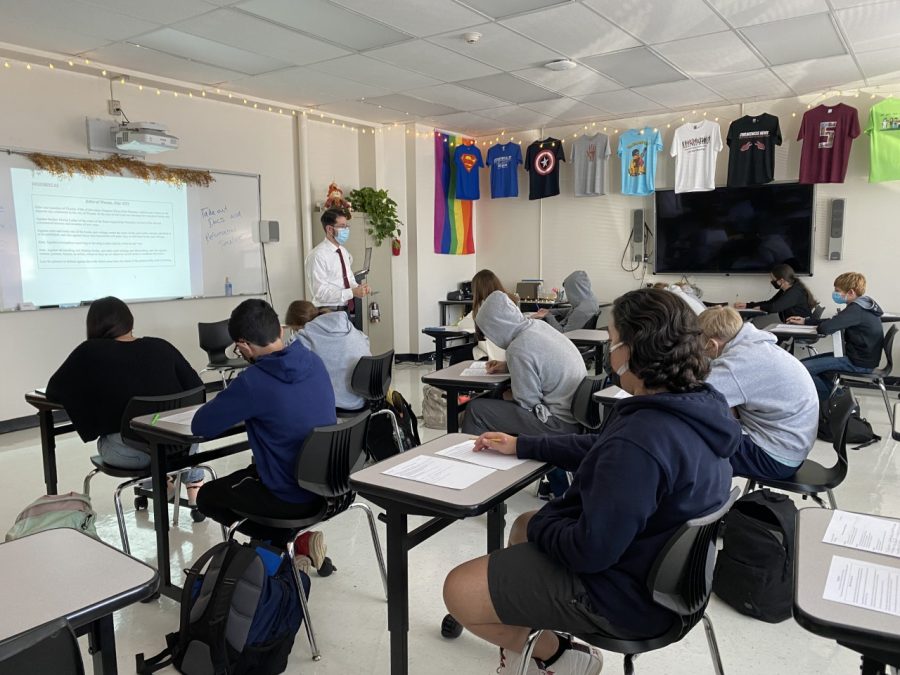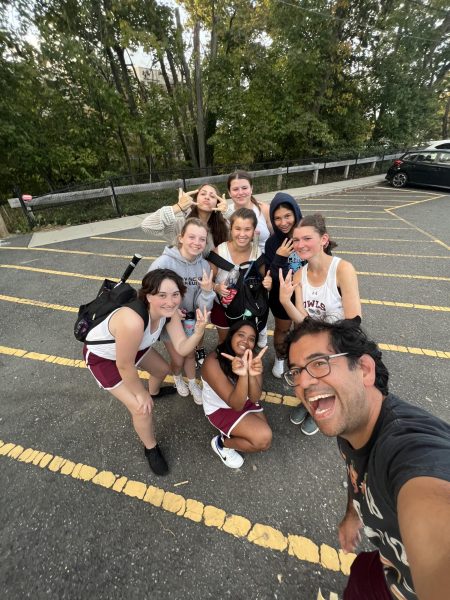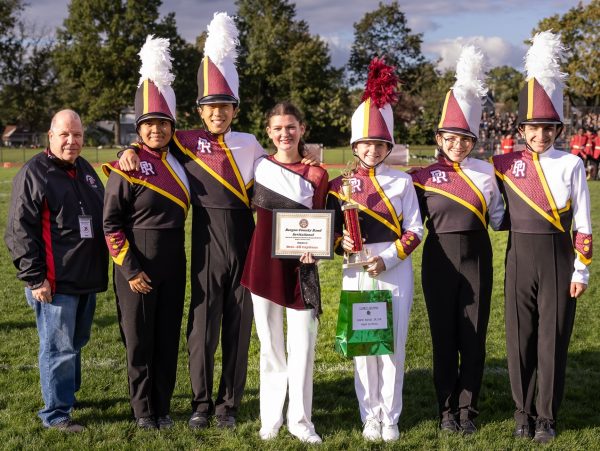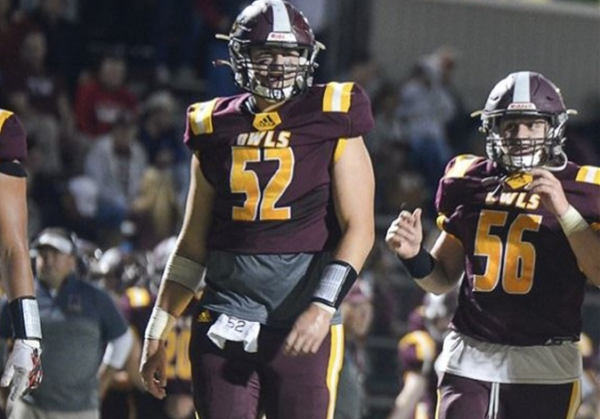A Pandemic’s Influence: The Return to School
March 13, 2020, is a day everyone will remember as the day the world shut down. Since then, there has been some time of abnormality that people everywhere have been working through. On a smaller scale, the community at Park Ridge High School had a bit of a rocky start when it came time to get back into the building. While everything was completely virtual at the end of the 2019-2020 school year, the 2020-2021 school year brought more people into the building but in smaller numbers using the cohort system. In our present 2021-2022 school year, everyone is required to be back in the building for classes. This comes in an attempt to bring students and faculty back into a better sense of what it means to have a normal school year.
Coming back to school is supposed to be a normal experience. We end our summers filled with fun and come back into a learning environment. However, before the first day of school, many students had not been in the building in almost two years due to the pandemic and some had not been here ever. With this in mind, I went out to find students and staff who would share their thoughts on the contrast between this school year and the last.
London Simpson, a sophomore, shared her experiences, saying, “I definitely feel like I’m much more efficient in person as opposed to being online because obviously when you’re online its non-confrontational so you can kind of like cheat the system and, let’s say I have like ten minutes of class left and I need to have this assignment done for the next day I might not do it in the class,…I think that definitely getting back in school put me on a more normal schedule and I could get a lot more work done.” From a teaching perspective, Mr. Robert Andresen, social studies and elective teacher, shared his thoughts: “Last year, teaching virtual and hybrid with half-hour periods prompted a process of rethinking and redesigning. You had to adapt to the new schedule and educational environment. I think one of the challenges for educators returning to the full day, traditional schedule this year is retaining strategies that succeeded last year, and seeing where and how they can be reimplemented again this year.”
I also spoke with Mr. Steven Kopelman, a math teacher, and Supervisor of Mathematics and Business Education. He was enthusiastic about this school year, saying, “It’s great being back in school and not teaching remotely. Teaching was not created to be done through a 13-inch laptop screen.” I then spoke with a classmate who had not been in the building since the quarantine had first started. Sean Lee, a senior, felt “Having been an all-virtual student last year, being back in the building feels completely different and strange. It’s interesting to see everyone together in the classrooms and hallways, which feel more crowded now, as opposed to in little squares on Google Meets every day.”
Having a set schedule and a more “normal” school day seemed to benefit everyone interviewed. While the staff seemed more enthusiastic about this year, all participants are happy to be back in the building and excited to see where this school year takes them. In his interview, Mr. Kopelman looked to the future, saying, “I look forward to the next steps when someday we can teach without masks on.” Though this seems unlikely for this year, we can try to envision a future where it may be possible. The future may never go back to the way it was, but with the hope that we will get through it, we can try to set a new standard for normal.





